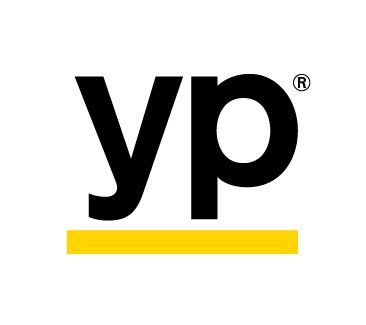Understand Traditional Stucco And Your Home Design

Stucco provides your home with a variety of design elements that make it an excellent choice for your exterior walls. There as many as 18 different types of stucco, but traditional and synthetic remain the most common.
Synthetic stucco is a good choice for many households but tends to be lighter and less resistant than its traditional counterpart. Traditional stucco is a unique and durable option. If you are interested in this choice of material and want to understand everything about it - including its benefits and a few design options - read on to learn all you need to know.
Benefits of Traditional Stucco
Before you install this type of material on your home you should understand proper traditional stucco use, including how it can:
- Protect wood walls from damage
- Improve insulation abilities
- Create unique designs
- Enhance a home's overall style
Traditional stucco is a mixture of water, sand, and lime that create a unique mesh wrapping around your home's exterior. Many types of conventional stucco use Portland cement to enhance its adhesive effect. Traditional stucco is one of the toughest and hardest to chip decorative materials on the market.
Because of its strength, stucco has great longevity and can last up to 50 years if you maintain and clean it properly. Stucco is also very resistant to fire and will stop the spread of flames if your home ignites, making it a good choice for those who live in areas prone to fires.
Stucco can also be a useful insulation tool to keep your home's temperature at a reasonable level in summer and winter, making it an ideal home choice for areas that are dry and experience a lot of heat. It can also act as a sound barrier, blocking a large number of noises and sounds from your home to ensure you can relax in comfort.
Design Choices for Stucco
Traditional stucco provides you with a unique range of design possibilities for your home. For example, you can dye your stucco before you apply it to your walls to create a broad range of color options and to make your home stand out. Try to match the design of the rest of your home - including your roof, windows, and other elements - to ensure that your stucco looks as attractive as possible on your home.
If you don't want to dye your stucco, you can also paint its exterior after you have applied it to your walls. Before you color your stucco in this way, you must wait at least six weeks before you paint to cure the stucco properly. Most home improvement specialists suggest you dye or color your stucco rather than paint it because the paint is likely to wear down more quickly than the coloring.
Beyond colors, you can also tweak your stucco in various ways to add decorative elements to your walls. For example, you can create swirls and designs in your stucco that, when dry, create a unique texture for your walls. Experiment with this approach to get the best results or call a professional to apply your stucco to ensure your walls look great.
Help is Available
If you think that traditional stucco is the right design choice for your home's exterior walls, please don't hesitate to contact us at Mikro Corpto learn more. Our professionals will assess the design of your home and apply great stucco to your walls in a way that naturally enhances the beauty of your house's exterior.












